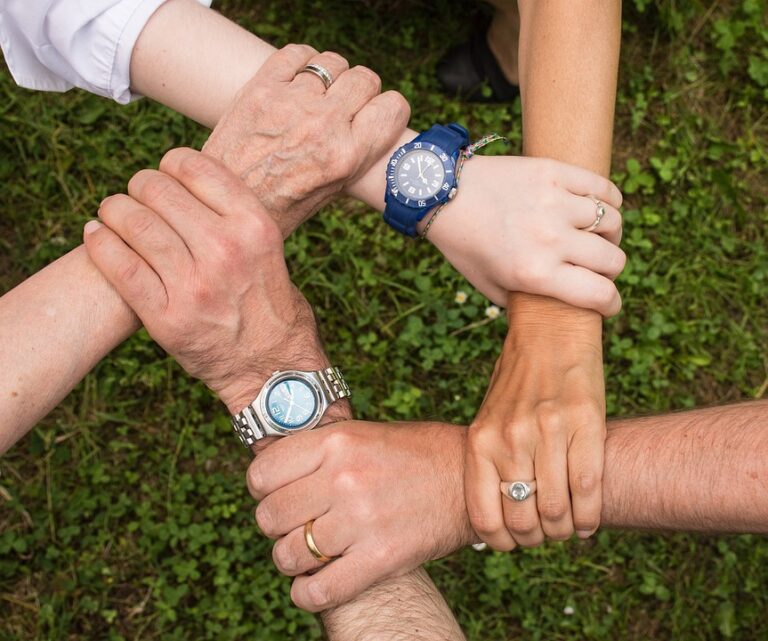
[ad_1]
Building Resilience: How to Foster a Growth Mindset in Children
Resilience is the ability to bounce back from challenges and setbacks, and it is a crucial skill for children to develop as they navigate through life. One way to help children build resilience is to foster a growth mindset, which is the belief that abilities and intelligence can be developed through dedication and hard work.
The Importance of Resilience and Growth Mindset in Children
Children who possess resilience and a growth mindset are better equipped to handle obstacles and failures. They are more likely to view challenges as opportunities for growth and learning, rather than insurmountable barriers. This mindset can help them develop perseverance, problem-solving skills, and a strong sense of self-efficacy.
Strategies for Fostering a Growth Mindset in Children
There are several strategies that parents, caregivers, and educators can use to help children develop a growth mindset:
Encourage a love of learning
Children with a growth mindset are curious and eager to learn. Encourage them to explore new topics and pursue their interests. Provide them with opportunities for hands-on, experiential learning, and show them that it’s okay to make mistakes along the way.
Praise effort, not just outcomes
Instead of solely focusing on the end result, acknowledge and praise the effort that children put into their tasks. This helps them understand that hard work and perseverance are valued, even if the outcome isn’t perfect.
Teach them about the brain and neuroplasticity
Help children understand that the brain is like a muscle that can grow and change with practice. Teach them about the concept of neuroplasticity and how their efforts and dedication can lead to new neural connections and enhanced abilities.
Model a growth mindset
Children learn by example, so it’s important for adults to model a growth mindset in their own behaviors and attitudes. Share stories of your own challenges and how you persevered through them. Demonstrate a willingness to learn new things and adapt to change.
Real-Life Examples
One real-life example of fostering a growth mindset in children can be seen in the story of Mark Zuckerberg. As a child, Mark was curious about computers and technology. His parents encouraged his interests and provided him with the resources to pursue his passions. Despite facing challenges and setbacks along the way, Mark developed a growth mindset that helped him persevere through the early challenges of building Facebook and eventually become a successful entrepreneur.
Conclusion
Building resilience and fostering a growth mindset in children are essential for their long-term success and well-being. By providing them with opportunities for learning, praising their efforts, teaching them about the brain, and modeling a growth mindset, we can help children develop the skills and attitudes they need to thrive in the face of adversity.
FAQs
What are some signs that a child has a growth mindset?
Children with a growth mindset may show a willingness to take on challenges, embrace learning opportunities, and persist through difficulties. They may also have a positive attitude toward effort and learning from mistakes.
Can a growth mindset be developed later in life?
Yes, individuals of any age can develop a growth mindset through self-reflection, learning, and practice. It’s never too late to adopt a mindset that focuses on growth and development.
How can educators promote a growth mindset in the classroom?
Educators can promote a growth mindset by providing challenging and engaging learning experiences, praising effort and progress, and teaching about the brain’s ability to grow and change. They can also create a supportive and inclusive learning environment where mistakes are seen as opportunities for learning and growth.
[ad_2]